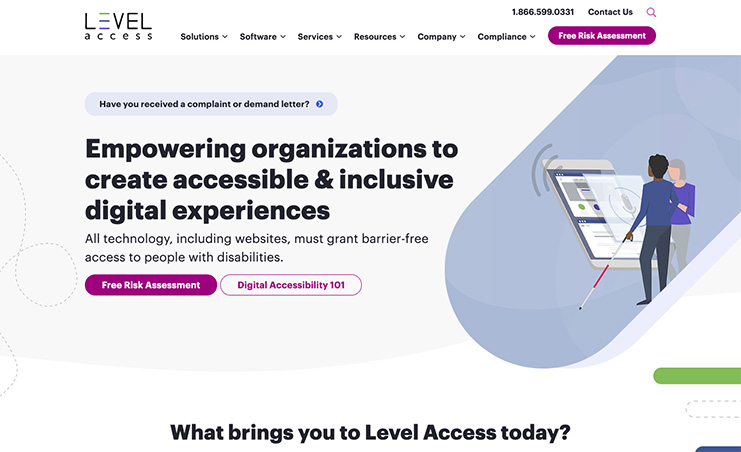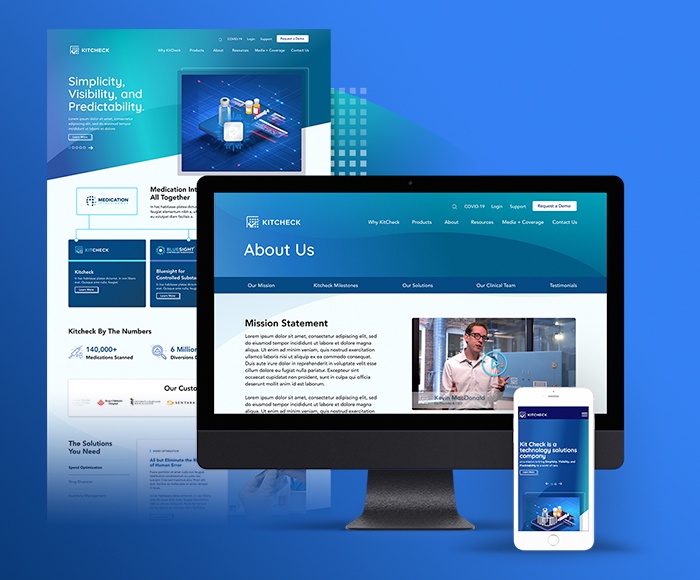Revenue-Driven Marketing
Finally… marketing that finds and turns your best prospects into revenue.

Finally… marketing that finds and turns your best prospects into revenue.


You need more revenue. And usually when companies want more revenue - they just ask for more leads. You've been in this game long enough to know that 10X'ing "leads" doesn't always 10X sales. So sure, while 'more' is generally better - we focus on 'more quality'. Then we get 'more quantity'.

Systematically identify, target, and scale leads that have high buying intent, and meet your qualification standards. In other words - "me want more form fills" is so 2020. It's time to graduate your marketing to revenue optimization, and start driving more of what you want.
Enter revenue-driven marketing: a new approach that aligns your marketing efforts directly with revenue generation. A way to make every marketing action you drive directly impact your bottom line, by reaching only the prospects most qualified for your product or service.
At WebMechanix, we've developed a proprietary methodology that exemplifies this approach - the PACE process.
Align goals + identify leverage points
The first step in our process is to Prepare. We start by defining the Q in your SQL (Sales Qualified Lead). For B2B's we might look at things like…
If you're B2C, some examples include…
This step aligns your sales needs with your marketing targets and content. We then perform an audit of all MQL (Marketing Qualified Lead) drivers to see if they match the SQL piece. This involves identifying which current activities are driving down funnel performance - and which aren't - and then remodeling the funnel based on those that do.
Finally, we visualize your funnel and identify the leverage points. This provides a clear picture of what's driving pipeline/revenue right now, where it's working or not, and where your biggest growth opportunities lie.
Implement targeted campaigns

The next step is Action. We implement targeted activities that align with a specific funnel metric or micro target. These activities will vary depending on the channel, for instance:
Paid media: Using data post back and GTM event filtering to optimize for higher-leverage points in the marketing funnel.
SEO: Creating content oriented around the identified “Q” and understanding the 'leading indicator' to write about it.
CRO: Selectively testing and optimizing around areas that will impact our points of highest leverage in the marketing funnel.
Every action is aligned with a specific funnel metric or “micro” target - meaning every marketing dollar spent will impact your funnel where it's needed the most.
Refine actions based on market response
Once the actions are in place, we move to Calibrate. We put actions into the market and shift to those actions that are moving our target funnel metrics in the right direction.
Common activities at this stage include updating content and creative based on what's resonating. Then, we improve the messaging and delivery to that 'new' market we've identified.
How do we know if it's working? Simple: the KPI to the specific funnel conversion rate that the actions target is moving in the right direction.
Continually optimize for maximum impact
The final step is to Evolve. We double down on winners, pause losers, and re-measure the funnel. This cycle of evolution ensures continual optimization for maximum impact.
We recreate and redefine our funnels by product and intent level, then repeat the "ACE" process.
Our PACE process is not just a methodology - it's a commitment to revenue-driven marketing. It's a commitment to ensuring your brand does not just survive but thrives in the competitive marketplace.

